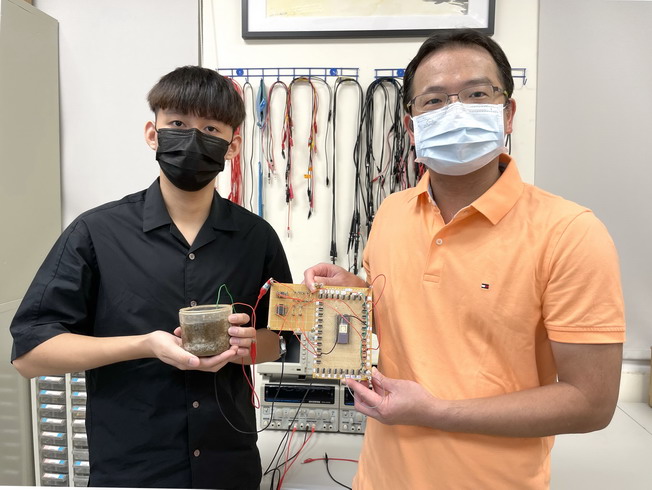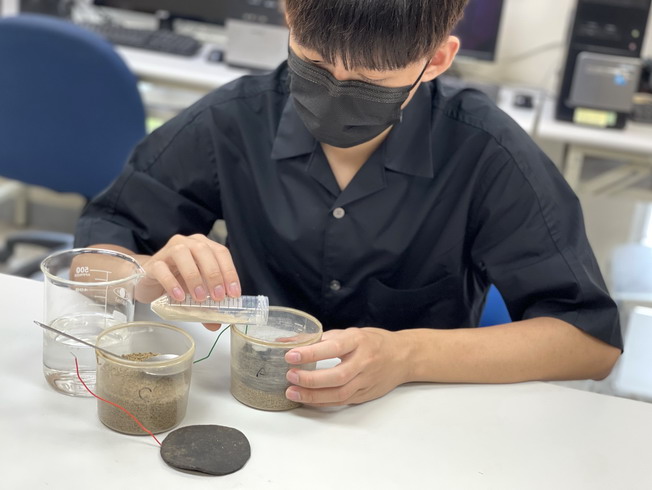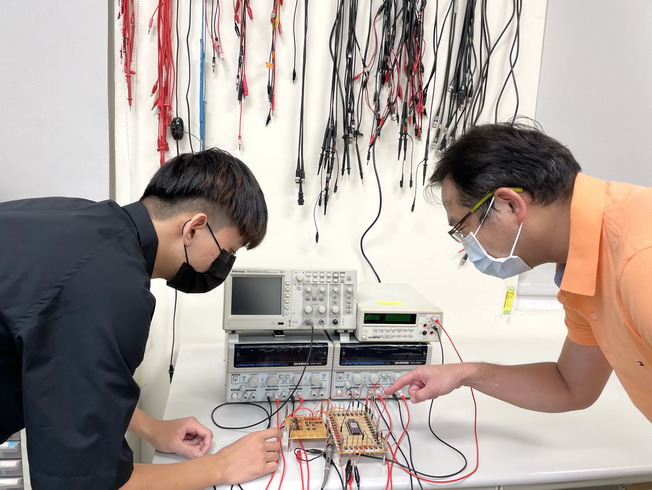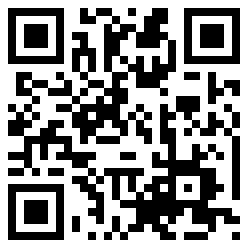| |
 |
News |
 |
Browsing: 1575 times

|
Date:2021-09-03
Bracket:2021 NCYU NEWS
Department:ncyu
|
 NCYU Teacher and Student Develop Soil Yeast Detector to Facilitate Biofertilizer Development
NCYU Teacher and Student Develop Soil Yeast Detector to Facilitate Biofertilizer Development
In pursuit of sustainable development of agriculture, biofertilizers or organic fertilizers are required to partially replace chemical fertilizers. The application of biofertilizers, which help plants grow with microorganisms in the soil, can help reduce soil degradation caused by chemical fertilizers. More and more emphasis have been paid to studies regarding biofertilizers. Chiang Cheng-Ta, Professor of the Department of Electrical Engineering, National Chiayi University, advised the undergraduate student Xu Chong-Yu on how to electrochemically measure the state of microorganisms in the soil. After 2 years of research, they created “Soil Yeast Detector” that distinguishes itself from the existing detectors for its user-friendliness and low production cost. The research and development results have been published in the IEEE International Conference, and its design and results will be introduced in detail in the IEEE Sensors Journal, an internationally-renowned journal
Soil yeasts can be used to help plants grow through nitrogen cycle in the soil, thus enhancing plant vitality and productivity. However, it is not an easy task to fully grasp of the number of microorganisms in the soil. The conventional techniques commonly used for measurement are characterized by expensive device, complicated analysis procedures, and user-hostility. In contrast, the Soil Yeast Detector is able to detect the microorganisms that generate electricity in the soil, and effectively estimate the number of microorganisms in the soil Xu Chong-Yu, a student from the Department of Electrical Engineering, said that the Soil Yeast Detector stands out from its counterparts with the detection methods it uses. When developing the detector, in spite of its low production cost, they wanted it to be suitable for various types of soil, such as the soil around the Jhuoshuei River and paddy field soil. Therefore, the chip is designed in a way that the sensitivity of the detector can be adjusted. When the soil yeast is connected to the conversion chip, the the sensitivity of the Soil Yeast Detector will be adjusted according to the surrounding environment. The number of microorganisms in the soil can thus be detected.
According to Prof. Chiang Cheng-Ta of the Department of Electrical Engineering, the objective is to encourage farmers to use natural organic biofertilizers, and contribute to the development of the green energy industry in the country. He has been working with the student to study soil yeast, and develop the Soil Yeast Detector using conversion circuits. Based on their research and development and experimental results, it is found that adding yeast to the soil can help provide a good growth environment for crops. With the detector, the user can quickly and easily see the number of microorganisms in the soil. It helps farmers or other users to add the right amount of yeast to the roots of the plants, thus avoiding excessive use of biofertilizers. As the current research data regarding the detection remains scarce, they attempt to study and explore the subject, with testing the general yeast as their first try. He suggested more in-depth research can be conducted on specific modified yeasts to expand the scope of application.
|



|
 |

|
 |
|
 |
 |
|


 ][
][